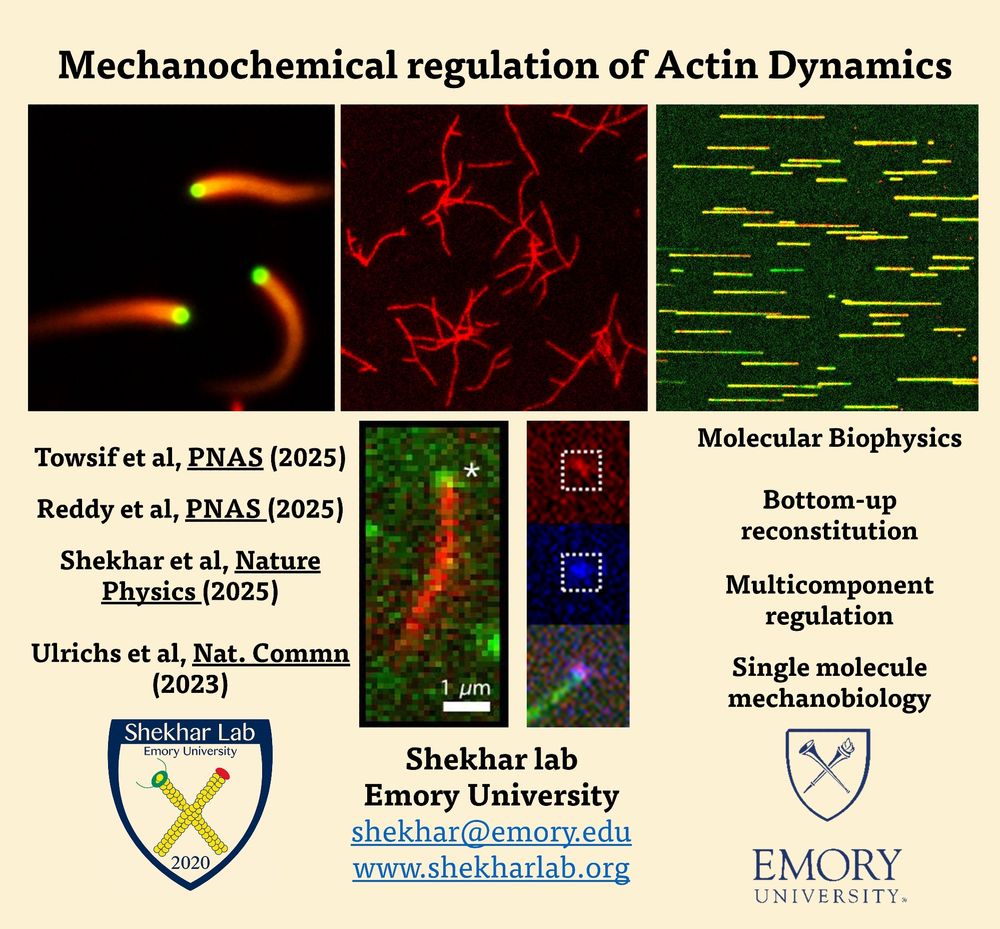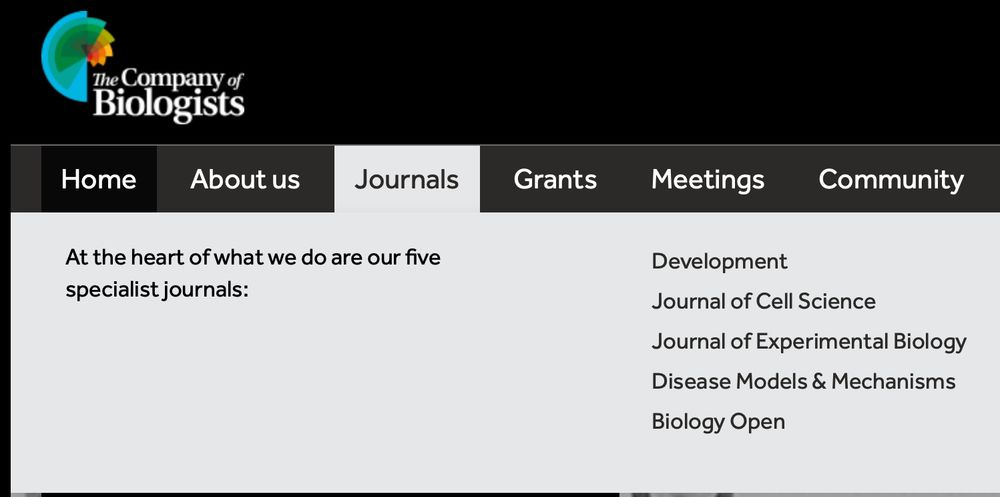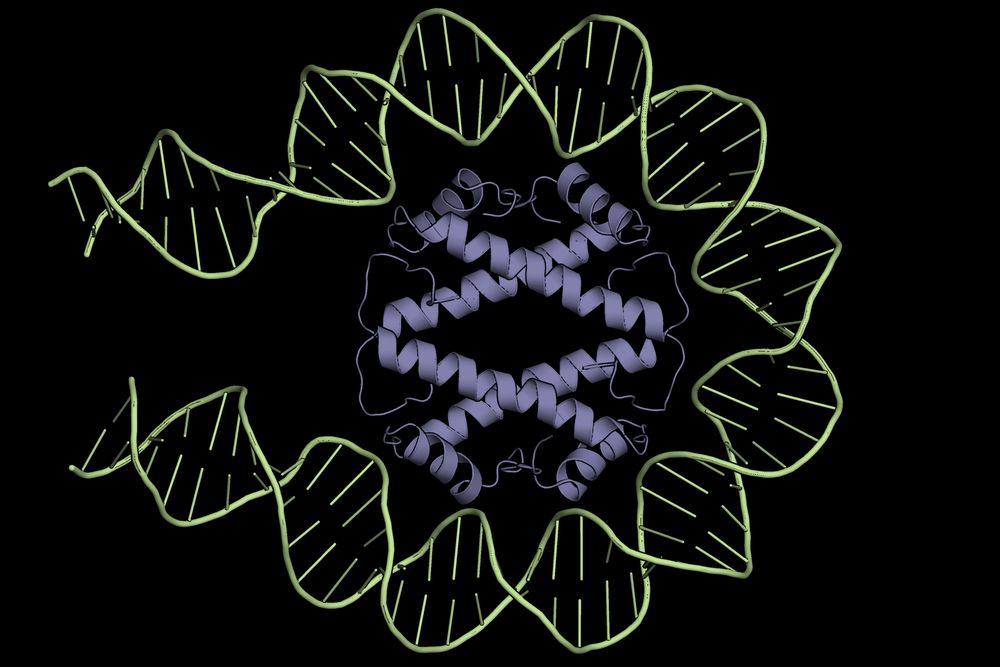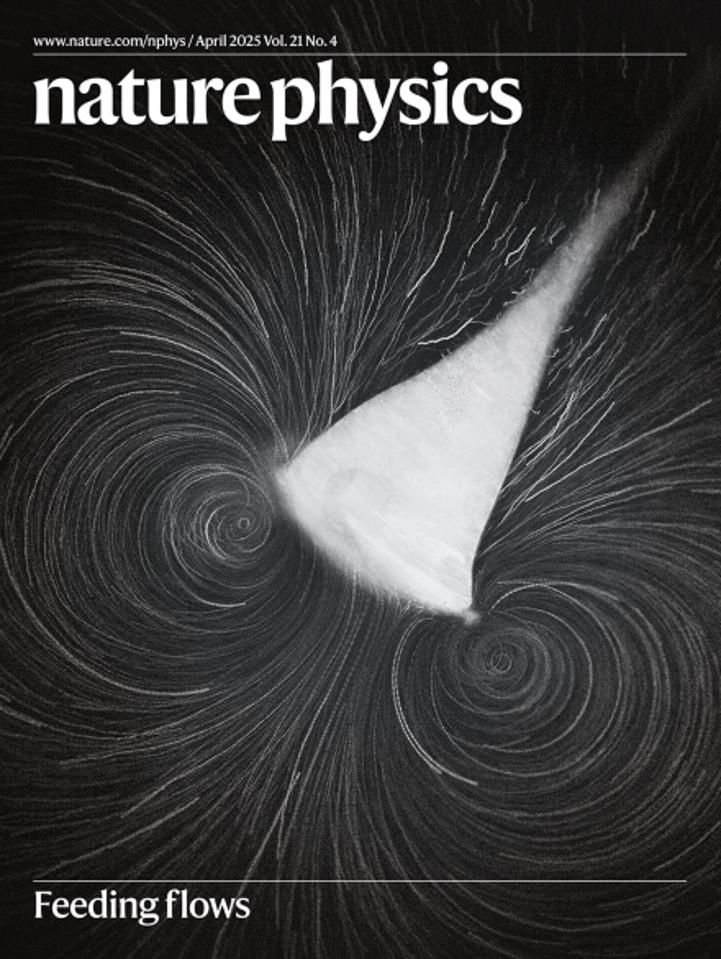Shashank Shekhar lab
@sshekhr.bsky.social
2.3K followers
3.1K following
85 posts
Prof. Shashank Shekhar @EmoryUniversity, Atlanta, USA
Biophysicist interested in Actin dynamics and ciliary flows.
Departments of Physics, Biochemistry and Cell Biology.
Lab website : www.shekharlab.org
Posts
Media
Videos
Starter Packs
Pinned
Reposted by Shashank Shekhar lab
Reposted by Shashank Shekhar lab
Maitreyi Das
@daslabpombe.com
· Sep 6
Reposted by Shashank Shekhar lab
Reposted by Shashank Shekhar lab
Reposted by Shashank Shekhar lab
Reposted by Shashank Shekhar lab
Reposted by Shashank Shekhar lab
Shashank Shekhar lab
@sshekhr.bsky.social
· Apr 18
Reposted by Shashank Shekhar lab
Shashank Shekhar lab
@sshekhr.bsky.social
· Apr 18
Shashank Shekhar lab
@sshekhr.bsky.social
· Apr 17
Reposted by Shashank Shekhar lab
Reposted by Shashank Shekhar lab












